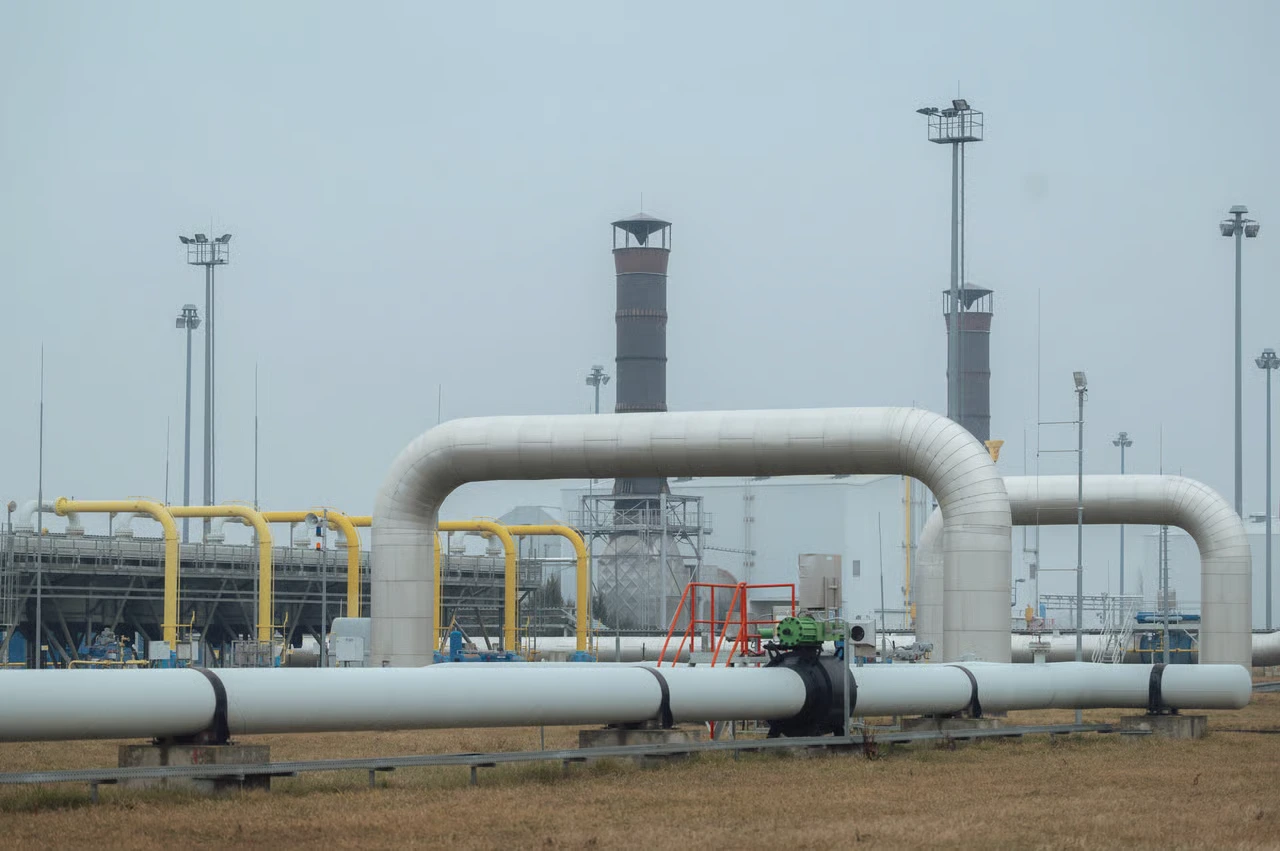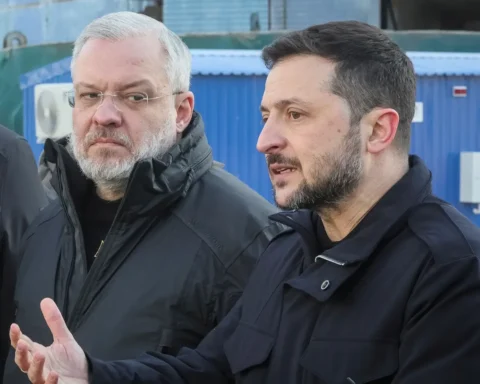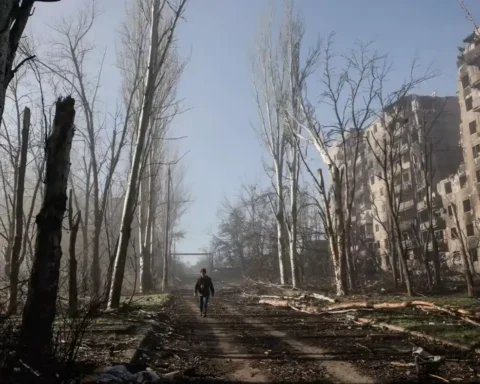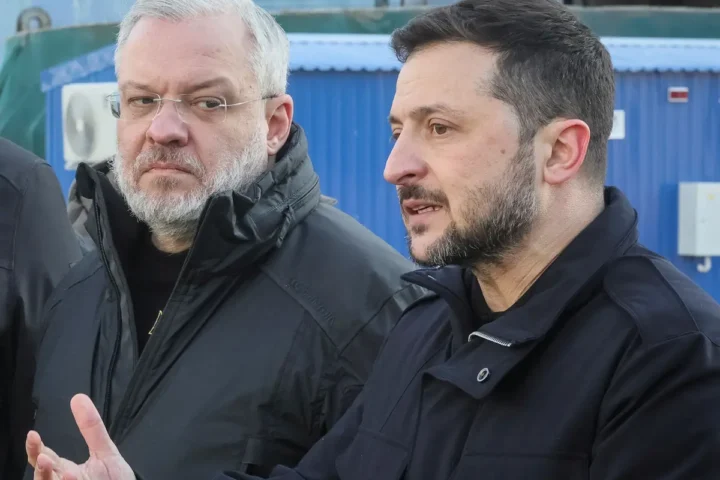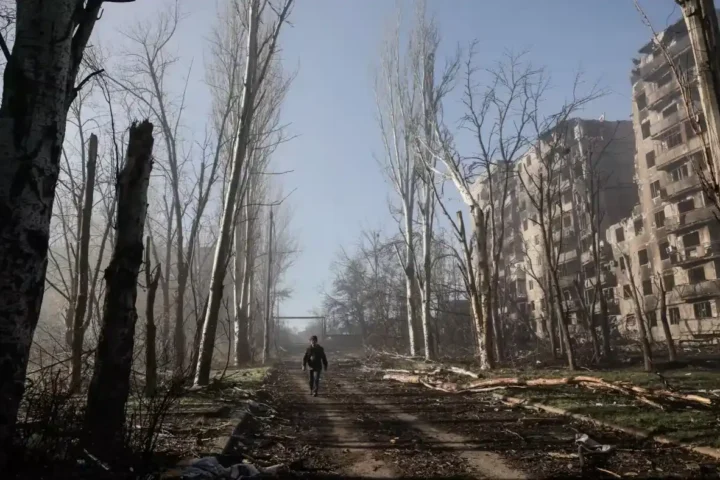Exchange Figures: A Sharp Fall in AI-92 and AI-95
Gasoline sales on the Saint Petersburg International Mercantile Exchange (SPIMEX) fell on Tuesday to levels not seen since 2023. According to exchange data cited by Kommersant, sales of AI-92 plunged 21.7% to 15,600 tons, while AI-95 dropped 15.5% to 12,060 tons. In total, that’s down 19.1% to just 27,700 tons for the day—a two-year low.
To gauge the scale: the exchange segment signals how much “free” product is available here and now. A significant share of the market is covered by off-exchange contracts, but slumping exchange volumes point to a squeeze in spot supply and rising risks for independent retail chains. In this environment, premia for fast delivery expand, and time lags in logistics (rail and truck loading legs) become critical for retailers in the regions.
The Drivers: Strikes on Refineries, Unscheduled Shutdowns, and Force Majeure
The shortage has been exacerbated by unscheduled outages at major refineries amid Kyiv’s expanding campaign against Russian oil and gas infrastructure. According to Ukraine’s Special Operations Forces, the Volgograd refinery— the largest producer of petroleum products in the Southern Federal District and a supplier of fuels and lubricants to Russian military units—was targeted on Thursday. In the night from Monday to Tuesday, the SOF also reported a strike on the Saratov refinery, further disrupting supplies.
Per Kommersant, some plants declared force majeure and temporarily halted gasoline shipments. For the market, that sets off a cascade: small depots run down stocks faster, loading schedules slip, and operators are told to “re-assemble” logistics around the nearest available capacity. Suppliers are prioritizing volumes for vertically integrated networks, leaving independent gas-station chains hardest hit. According to the newspaper, two independent chains (about 20 stations each) have already suspended retail sales and now dispense fuel only under long-term contracts.
There is also a legal angle: declaring force majeure is a standard procedure that allows producers to avoid penalties for missed deliveries. For clients, however, it effectively means postponements “until further notice,” and for the market—tightening “free” supply and a spike in wholesale volatility.
Seasonal Demand and the Retail Fallout
The harvest campaign adds further pressure. In September and October, farmers traditionally ramp up fuel purchases for field work—demand for fuels (gasoline and diesel) accelerates simultaneously across multiple regions, intensifying competition for any free volumes. As Kommersant notes, citing Oleg Abelev, head of research at the investment firm Rikom-Trust, this seasonal factor is now a key demand driver.
At the retail level, this translates into targeted sales limits, delivery postponements, and diverging dynamics between large and small chains: vertically integrated players keep shelves stocked thanks to priority supplies, while independent operators must cut sales, switch to “contracts-only” formulas, and more frequently reroute deliveries. In the wholesale market, price dispersion widens between regions and delivery bases, and any unscheduled outage at refining capacity becomes instantly “visible” in exchange quotations.
The bottom line for now: the combination of unscheduled refinery outages following drone attacks and peak seasonal demand from the agricultural sector has produced a two-year low in exchange gasoline sales. In Kommersant’s view, priority loading for large chains and force majeure at some plants are creating a structural shortage precisely in the spot segment—where independent gas stations and small wholesalers source their fuel. If refinery shipments do not normalize, the market will have to balance longer by reallocating resources between regions and trimming free volumes available to smaller players.
This article was prepared based on materials published by Politico. The author does not claim authorship of the original text but presents their interpretation of the content for informational purposes.
The original article can be found at the following link: Politico.
All rights to the original text belong to Politico.


